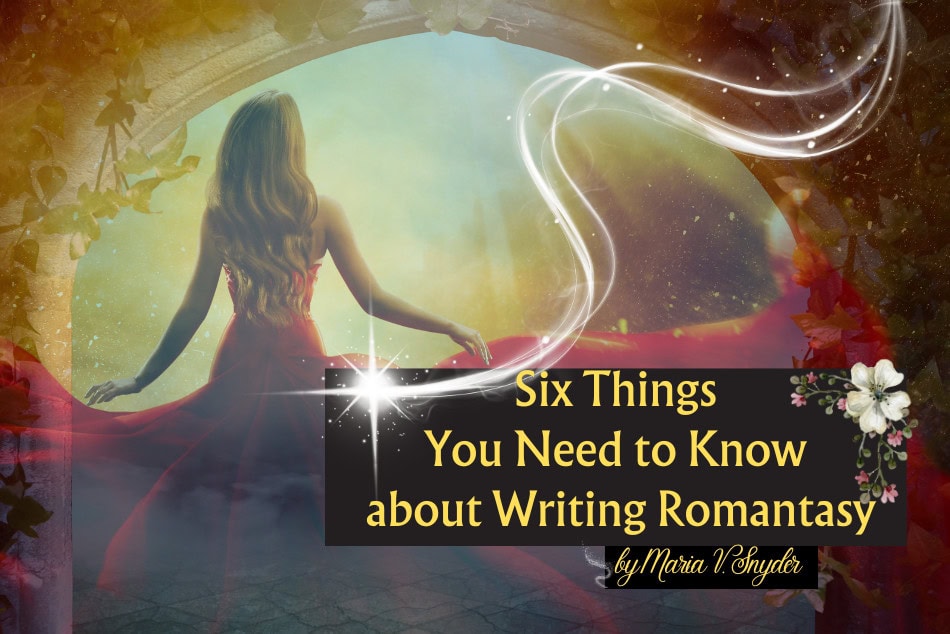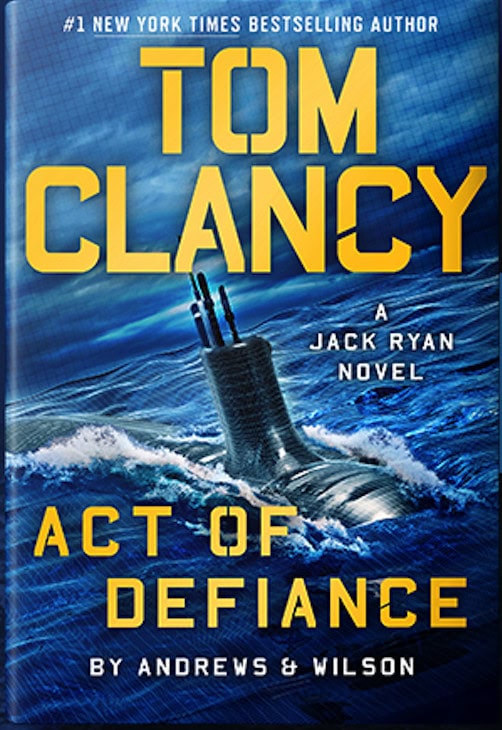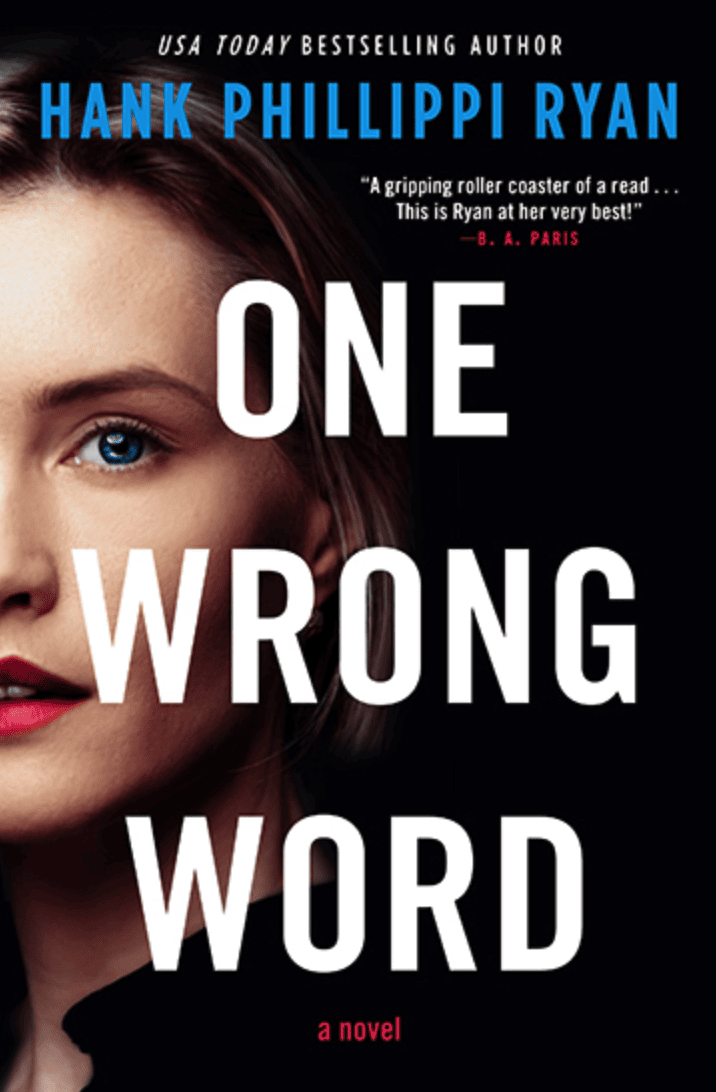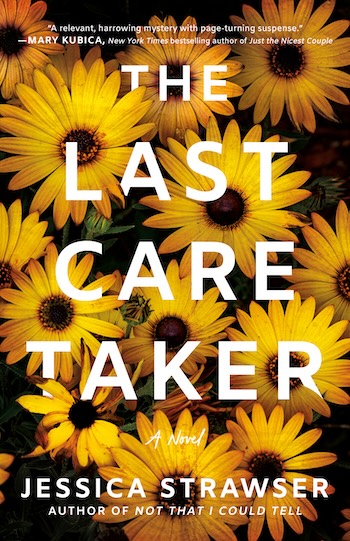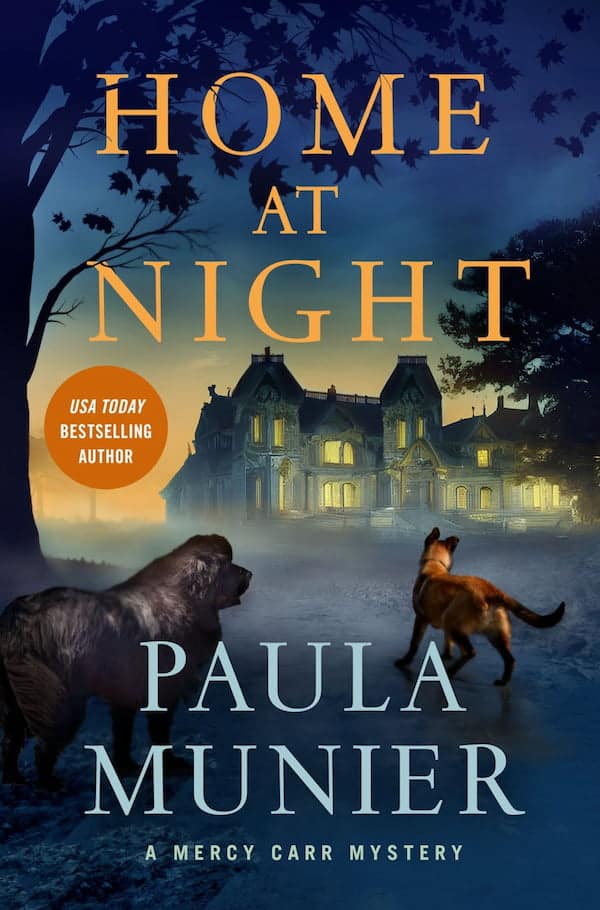Romantasy is the portmanteau of the Romance and Fantasy genres. It’s currently the hot new trend with multiple books on the NYT bestseller list. Or is it?
Hot? Yes.
New? Not so much.
I hate to burst the bubble, but Romantasy has been around for decades. It’s been lurking in fantasy books published since the early 2000s. Consider the Anita Blake Vampire Hunter series by Laurell K. Hamilton. The first book was released in 2002, and book 30 was just released in November 2023.
Harlequin’s LUNA Books was one of the first imprints to seek out fantasy novels with strong female protagonists and romantic subplots. They published a wide variety of romantic fantasy before pivoting to Urban Fantasy (UF), which was the hot new trend in the mid to late 2000s.
However, Romantasy endured. Romantic subplots could be found in most UF series like Ilona Andrews’, Kate Daniels series, and Patricia Briggs’, Mercedes Thompson novels. It also transitioned into Paranormal Romance (PNR) with vampires, werewolves, and Fae lovers filing the pages. Twilight is a PNR title aimed at young adults (YA). And with Twilight topping the bestseller charts, YA fantasy exploded into many more bestselling series by authors like Sarah J. Maas, Cassandra Clare, and Jennifer L. Armentrout.
The tipping point for Romantasy was when the readers of Twilight and the other YA books, grew up and wanted a bit more spice in their fantasy. These titles gained momentum until Fourth Wing by Rebecca Yarros set the bookstores on fire and made everyone pay attention.
Here are six things you need to know about writing Romantasy:
Anything goes!
Writers of Romantasy have the freedom to go beyond the old-fashioned fantasy genre conventions. While vampires, werewolves, shifters, and Fae are still popular, Greek Gods, monsters, dragons, aliens, orcs, and other creatures can be the romantic love interest(s) or not – up to you! Diverse and LQBTQA+ characters are embraced. And the level of spice can go from a mild slow burn, fade to black sex scenes, to very detailed scenes spanning multiple pages.
There are only two requirements
Two things are needed for a title to be called a Romantasy: a romance and fantasy elements. The balance of how much Fantasy and Romance is variable. According to Rhonda, With a Book, there are six broad categories: “Romantasy-Lite, Paranormal Romantasy, Historical Romantasy, High Fantasy Romance, High Fantasy with Romance, and A Li’l Romance in Your Fantasy, as a Treat.” Detailed descriptions of each of these categories, along with a helpful infographic can be found here.
Research where your book fits into those categories.
If your romance is the main plot of the book and the fantasy elements are more part of the setting, then your readers are going to expect a Happily Ever After (HEA) or Happy for Now (HFN) ending. But if the romance is a subplot, then readers don’t expect a happy ending.
Comp titles are your friends
Because Romantasy is like the Wild West of genres, you need to find other book titles that matches the tone and spiciness of your book. Readers need to know what to expect when they pick up your book. For example, my book Poison Study would be categorized as High Fantasy with Romance – the romance is present but not the main story. It also fades to black with no detailed sex scenes. A couple comp titles would be: City of Brass, by S. A. Chakraborty, On the Edge, by Ilona Andrews, and Throne of Glass, by Sarah J. Maas.
Content warnings (aka trigger warnings) are becoming popular
Since some Romantasy books can deal with mature themes of abuse, addiction, and graphic sex, readers need to know what to expect. A great blog on this topic can be found here.
Romantasy is all about the uniquely familiar
Currently, Greek Gods and dragons are popular. You might ask why since both have been main-stays of Fantasy for decades. Adding romance and exploring relationships are new twists, giving the familiar a uniqueness. For example, we all know the story of Hades and Persephone, but many Romantasy authors are presenting their story in new and unique ways. A Touch of Chaos, by Scarlet St. Clair is book 7 in the Hades x Persephone Saga. When it released in March, it hit the #1 spot on the New York Times Bestseller list.
Another example, back in the early 2000s, when I was trying to find a publisher for Poison Study, all the submission guidelines specifically stated: “No dragon stories.” Dragon stories had saturated the market and everyone was looking for the next big thing. However, in 2006, His Majesty’s Dragon by Naomi Novik was published. Wait a minute! That’s a dragon story! It is, but Novik’s dragons were fighting in the Napoleonic Wars which added a unique twist on a familiar tale.
Like all things in publishing, trends come and go.
Dragon stories are starting to saturate the market again, so if you’re considering writing a Romantasy, I’d suggest you find another familiar trope and put your own twist on it.
The most important thing to remember for writing Romantasy is to have fun! No one is saying you can’t have romance in your fantasy novel or vice versa! No one is saying you can’t have magic and science! The old conventions can be changed and twisted to fit your characters and world.
(Well…within reason – remember about the HEA/HFN requirement? You don’t mess with that or you’ll alienate your romance readers.)
What are your experiences with romantasy? And any questions? Let’s talk about it on the Career Authors Facebook Page.
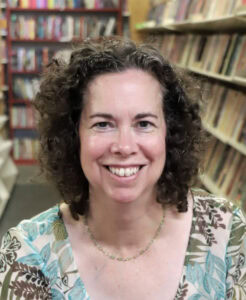 When Maria V. Snyder was younger, she aspired to be a storm chaser so she attended Pennsylvania State University and earned a Bachelor of Science degree in Meteorology. Much to her
When Maria V. Snyder was younger, she aspired to be a storm chaser so she attended Pennsylvania State University and earned a Bachelor of Science degree in Meteorology. Much to her chagrin, forecasting the weather wasn’t in her skill set so she spent a number of years as an environmental meteorologist, which is not exciting … at all. Bored at work and needing a creative outlet, she started writing fantasy and science fiction stories. Over twenty novels and numerous short stories later, Maria’s learned a thing or three about writing. She’s been on the New York Times bestseller list, won a dozen awards, and has earned her Master of Arts degree in Writing from Seton Hill University, where she is now a faculty member for their MFA program.
chagrin, forecasting the weather wasn’t in her skill set so she spent a number of years as an environmental meteorologist, which is not exciting … at all. Bored at work and needing a creative outlet, she started writing fantasy and science fiction stories. Over twenty novels and numerous short stories later, Maria’s learned a thing or three about writing. She’s been on the New York Times bestseller list, won a dozen awards, and has earned her Master of Arts degree in Writing from Seton Hill University, where she is now a faculty member for their MFA program.

